MSI debuted three new Project Zero motherboards for Core Ultra 200 Arrow Lake CPUs at CES 2025, beefing up the company’s midrange options for its hidden-cable product series.
Of particular note are the two LGA 1851 boards that fall under MSI’s Tomahawk brand, which are well known for offering good value for money. The MAG Z890 Tomahawk WiFi PZ and Tomahawk WiFi PZ White are more or less identical to their non-PZ counterparts, but as the PZ stands for Project Zero, these two boards have all of their onboard plugs on the back side rather than the front.
The Z890 Tomahawks sport a 16+1+1+1 stage VRM for 19 power stages, which should be enough for a Core Ultra 9 285K at stock settings and maybe even good for a bit of overclocking. The boards also support DDR5 overclocking to 9200MHz. Like other Z890 motherboards, the two Tomahawks have a PCIe 5.0 x16 slot for GPUs, a PCIe 5.0 M.2 slot for NVMe SSDs, and two PCIe 4.0 M.2 slots. Additionally, the boards boast a duo of Thunderbolt 4 ports, an Intel Wi-Fi 7 card, and 5 gigabit Ethernet, also from Intel.
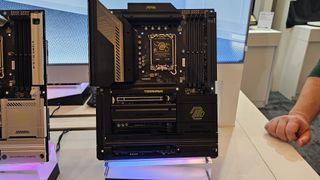
Meanwhile, the Pro Z890-S WiFi PZ differs quite a bit from its non-PZ counterpart. The regular version exposes much of its board, which would clash with Project Zero's clutter-free aesthetic. So, MSI added a shroud and an extended M.2 heatsink to cover as much of the board as possible. The PCB is also silver to match the heatsinks and I/O housing.
The Pro has a 12+1+1+1 stage VRM, four less than the Tomahawks. It might struggle to handle a Core Ultra 285K but will likely do fine for anything with a lower TDP, especially if there’s good airflow over the VRM heatsinks. Regarding PCIe, the Pro is the same as the Tomahawks: one PCIe x16 slot, one PCIe 5.0 SSD slot, and two PCIe 4.0 SSD slots. However, the Pro does have just a single Thunderbolt 4 port, 2.5 gigabit Ethernet, and Intel Wi-Fi 7.
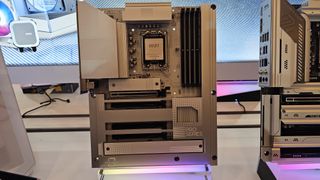
As far as we know, these Z890 motherboards are the first to have Project Zero compatibility. MSI does have another Z890 PZ board that it showed off in its Project Zero X PC, but we haven’t been told what it’s called.
MSI has yet to announce pricing for these midrange PZ boards, but judging by the example of last-gen models, they probably won’t be much more expensive than the regular versions. MSI may put a heftier price tag on the Pro Z890 board since it has that shroud and silver PCB; motherboards with these aesthetics tend to be more expensive.

 1 day ago
23
1 day ago
23
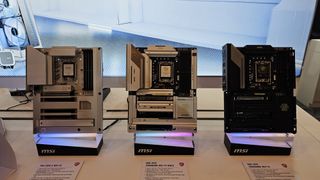
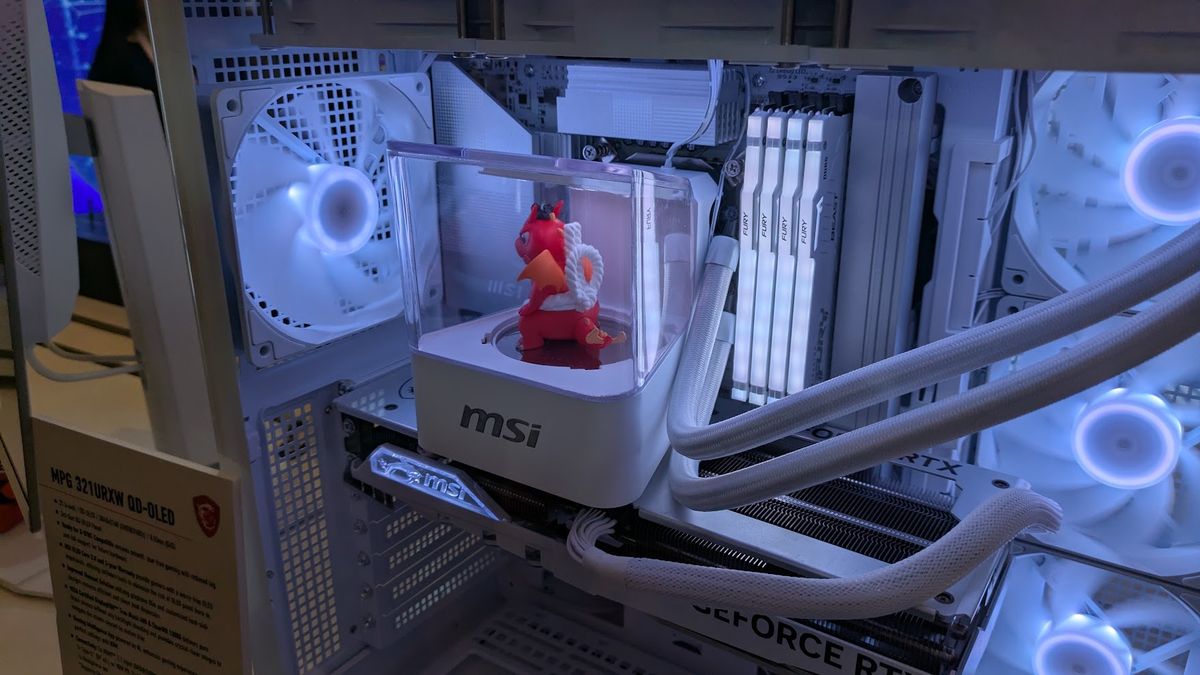
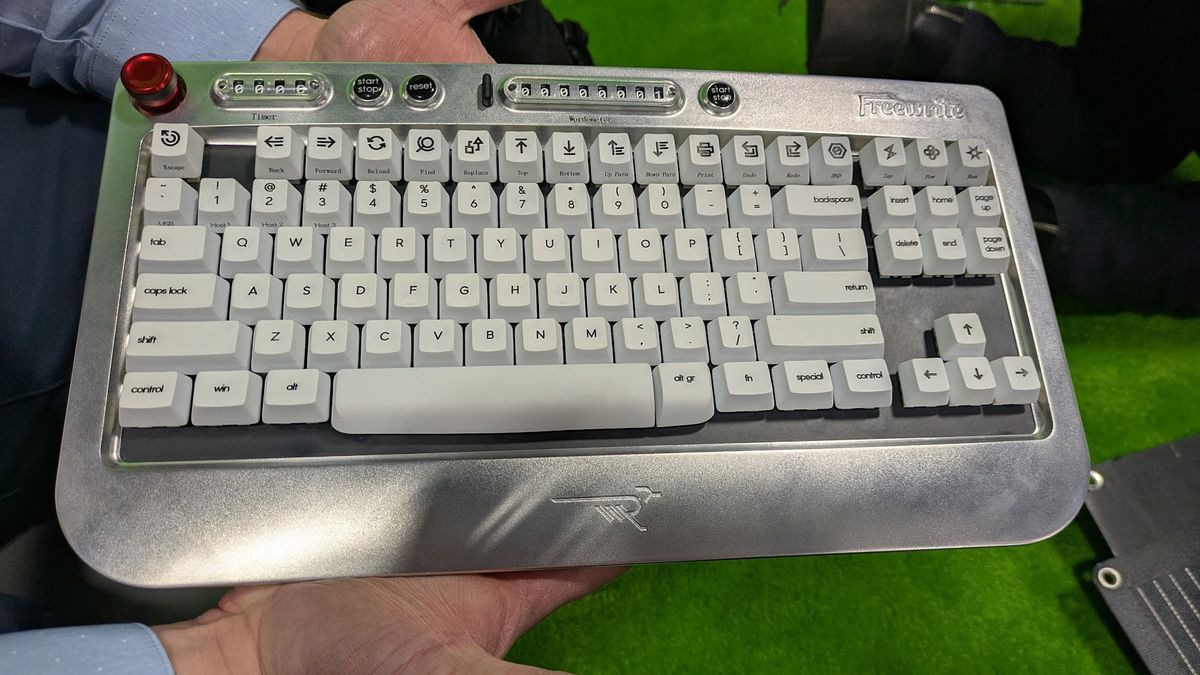
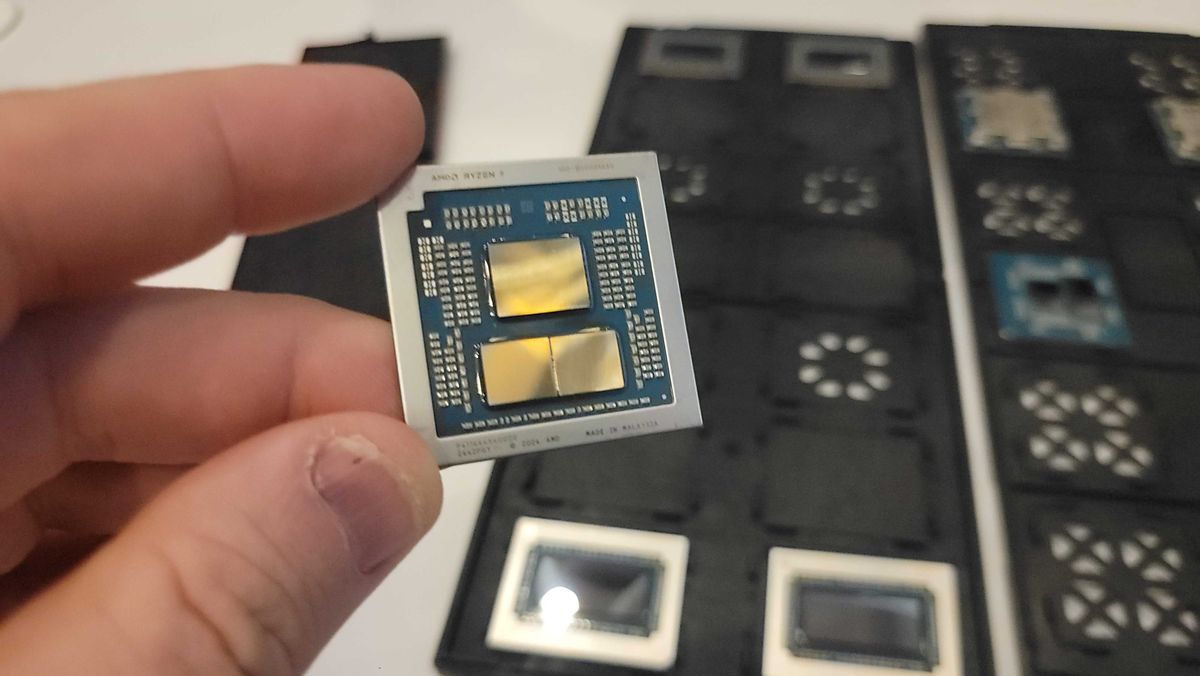





 English (US) ·
English (US) ·